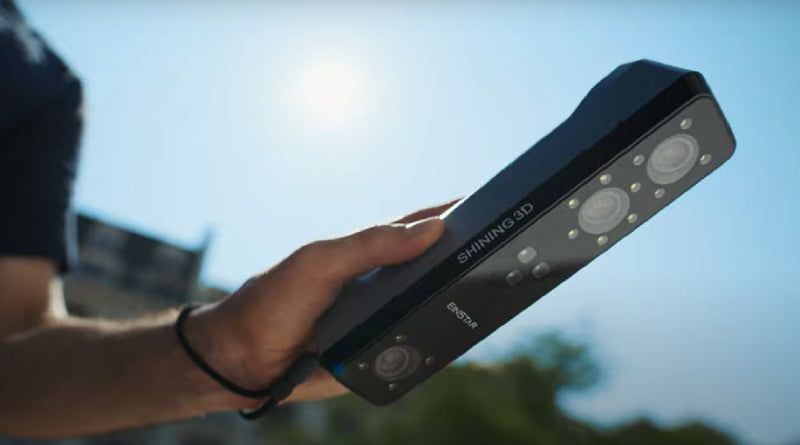
An In-Depth Look at 3D Scanning and How It Works
3D scanning is a powerful technology that allows us to capture digital models of real-world objects and spaces. Whether it's for creating animated movies or designing products, 3D scanning has become an invaluable tool in many different industries. In this blog post, we'll take an in-depth look at 3D scanning and how it works, as well as explore some of its many use cases.
Firstly, let's dive into the basics of 3D scanning. At its core, 3D scanning is essentially the process of digitizing physical objects. This process can involve a variety of techniques, but the most common method is to use a combination of lasers and cameras to capture highly detailed 3D models of real-world objects. These scanners work by projecting a pattern of laser dots onto an object and measuring how the dots distort as they bounce back. This information is then used to generate a highly accurate 3D model.
There are many different industries that benefit from 3D scanning. For example, in the movie industry, 3D scanning is used to create highly realistic digital characters and environments. This process involves scanning real-life actors and set pieces to create a digital version of them that can then be used in movies. Similarly, the automotive industry often relies on 3D scanning to design and test new cars. By scanning real-life cars and car parts, engineers can create highly accurate digital models for testing and simulation purposes.
One of the biggest advantages of 3D scanning is its ability to capture highly accurate measurements. This makes it an invaluable tool in fields such as archaeology and forensics, where precise measurements and reconstructions are critical. For example, in forensic investigations, 3D scanning can be used to create highly accurate 3D models of crime scenes, which can then be used to analyze and reconstruct the events that took place.
Another area where 3D scanning is becoming increasingly important is in the medical field. For example, 3D scanning is used to create highly accurate digital models of organs and other body parts for surgical planning and training purposes. Additionally, 3D scanning can be used to create custom prosthesis and implants that are uniquely tailored to a patient's specific needs.
In conclusion, 3D scanning is a powerful and versatile technology that has a wide range of applications. From creating highly realistic digital characters for movies, to designing new cars and medical devices, 3D scanning has become an indispensable tool across many different industries. Thanks to its ability to capture highly accurate measurements and create detailed digital models, we can expect 3D scanning to become even more important in the years to come.
